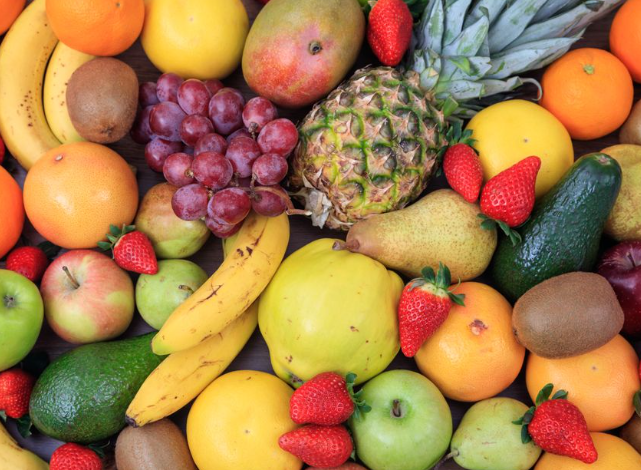Top Fruits to Avoid in a Diabetic Diet
Living with diabetes requires careful management of diet and lifestyle to maintain healthy blood sugar levels. While fruits are a fundamental part of a balanced diet, rich in vitamins, minerals, and fiber, not all fruits are created equal for someone with diabetes. Certain fruits have higher sugar content and can spike blood sugar levels. Understanding which fruits to avoid can help in managing a diabetic diet effectively.
Why Fruit Matters in a Diabetic Diet
Fruits are naturally rich in carbohydrates, particularly in the form of natural sugars like fructose. For individuals with diabetes, monitoring carbohydrate intake is crucial as it directly affects blood sugar levels. While fruits are valuable for their nutrients, some can be problematic when consumed in large quantities. By selecting fruits with a low glycemic index (GI) or glycemic load (GL), one can better manage diabetes.
Fruits with High Sugar Content
Certain fruits contain more sugar than others, which can lead to high blood sugar levels:
- Grapes: While small and easy to snack on, grapes are high in natural sugars that can quickly increase blood sugar levels.
- Bananas: Particularly ripe bananas have a high glycemic index, making them less ideal for those managing diabetes.
- Mangoes: Known for their sweetness, mangoes contain more sugar compared to many other fruits.
Understanding Glycemic Index and Glycemic Load
When discussing fruits in a diabetic diet, two critical concepts come into play: glycemic index (GI) and glycemic load (GL).
What Is the Glycemic Index?
The glycemic index ranks carbohydrates in foods based on their ability to increase blood glucose levels. Foods with a high GI are quickly digested and absorbed, causing rapid spikes in blood sugar.
The Role of Glycemic Load
While the glycemic index provides critical data, the glycemic load takes into account the amount of carbohydrates in a serving of food. A lower GL indicates a lesser impact on blood sugar levels.
High GI Fruits to Limit
These fruits possess a higher glycemic index, indicating they may impact blood sugar levels more dramatically:
- Pineapple: Though delicious, pineapple ranks relatively high on the GI scale and should be consumed in moderation.
- Watermelon: Despite being hydrating, watermelon can lead to rapid sugar spikes due to its high GI.
Fruit Juices: A Hidden Pitfall
While whole fruits can be relatively safe in controlled portions, fruit juices are another story. Even unsweetened juices can lead to rapid increases in blood sugar, as they lack fiber and may contain added sugars.
Why Fiber Matters
Fiber helps slow down the digestion process and the absorption of sugar into the bloodstream, aiding in more stable blood sugar levels. Juices, devoid of this essential component, can therefore be more detrimental to blood sugar management.
Tips for Including Fruit in a Diabetic Diet
Despite the potential challenges, fruits can still be a part of a diabetic diet with the right approach:
- Choose Whole Fruits: Whole fruits contain fiber which can help regulate blood sugar levels.
- Moderation Is Key: Be mindful of portion sizes to avoid excess sugar intake.
- Opt for Low-GI Fruits: Fruits like berries, cherries, and apples are lower on the GI scale and are better choices.
Low-GI Fruits Suitable for Diabetics
For those managing diabetes, focusing on fruits with a lower GI is a healthy strategy:
Berries
Berries such as strawberries, blueberries, and raspberries are not only lower in sugar but packed with antioxidants and fibers.
Apples
With a low GI, apples are an excellent choice, providing vitamins and minerals along with a satisfying crunch.
Cherries
Cherries offer a lower glycemic index and are packed with antioxidants, presenting a tasty option for those with diabetes.
Making Informed Choices
By understanding which fruits to avoid and which to embrace, individuals with diabetes can enjoy the natural sweetness of fruits without compromising their health. When selecting fruits, considering both their sugar content and the glycemic index will help in making informed decisions.
Invest time in learning about the glycemic values of different fruits, and always consult with a healthcare provider or a registered dietitian to tailor dietary needs according to personal health goals. Armed with knowledge and mindfulness, it’s possible to relish the natural flavors of fruits healthily and safely.









